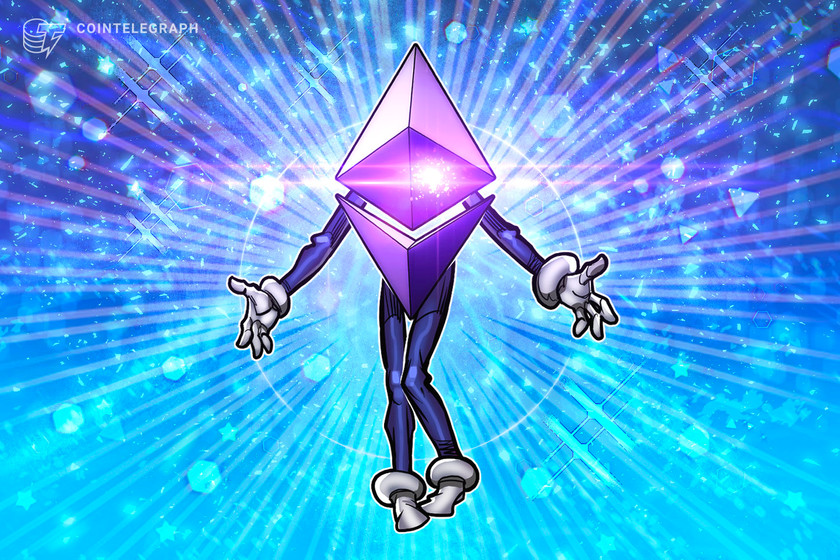ETH hits 7-month high ahead of Shanghai and Capella upgrades


Ether has broken the $1,900 resistance level for the first time in months and is currently sitting above $1,911.
Ether (ETH) has breached $1,900 for the first time in over seven months, a week before staking withdrawals are enabled in the next major update for the second-largest cryptocurrency by market capitalization.
CoinMarketCap data shows the last time Ether was over $1,900 was on Aug. 16, 2022, amid a broader crypto sell-off when the United States Federal Reserve was hiking the federal funds rate at a record pace to combat inflation.
The Ethereum Shanghai hard fork, set to occur on April 12, will implement Ethereum Improvement Proposal (EIP)-4895 — allowing validators and stakers to withdraw staked ETH from the Beacon Chain — in addition to other EIPs, aiming to help increase transaction speeds while reducing transaction costs.
Alright, let’s talk about the Ethereum Shanghai Upgrade! It’s a hard fork scheduled to occur in March 2023. Stakers and validators will be able to withdraw staked ETH from the Beacon Chain. Approximately 16 million staked ETH will be available for withdrawal.
— Branimir Stojanović (@branelost) April 4, 2023
The recent price increase could be driven by expectations that the Fed may ease up on its quantitative tightening efforts as rate increases cause cracks in the global banking industry or by increased demand for Ether, given that staking is slated to be more flexible.
While Bitcoin (BTC) has also recorded gains recently, ETH/BTC — a trading pair comparing the price of ETH to BTC — has increased by nearly 3% in the last week, according to TradingView, suggesting both factors may be contributing to Ether’s price jump.
Solid bounce for ETH relative to BTC the past several days
tbh though, still just expect this as nothing more than a swing play opportunity and profits should rotate back into BTC before $30K breaks and the ratio trend reverses bearish again pic.twitter.com/MOe1GlibaX
— K A L E O (@CryptoKaleo) April 5, 2023
Shanghai refers to the fork on the execution layer client side, and Capella is the upgrade name on the consensus layer client side that is set to be executed shortly after Shanghai on April 12.
The execution layer is where all the smart contracts and protocol rules are, while the consensus layer ensures that all network validators follow these rules.
Related: 3 reasons why Ethereum price can reach $3K in Q2
It is worth noting that the price of ETH dropped sharply following the execution of the Merge on Sept. 15, 2022, where it lost just under a quarter of its value in one week, according to CoinMarketCap.


Despite some analysts and traders suggesting that unlocking staked Ether will create sell pressure, what will occur following the Shanghai and Capella updates is speculation.
Hodler’s Digest: FTX EU opens withdrawal, Elon Musk calls for AI halt, and Binance news






























